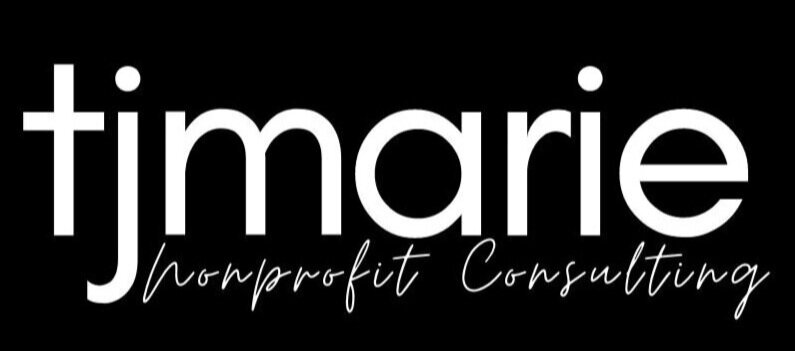An Insider’s Look: Characteristics of an Exceptional Nonprofit Board
One of my FAVORITE engagement types is facilitating board training for our nonprofit clients. During these four-hour work sessions, we explore the fundamentals of what makes a nonprofit board successful, dive into how the board views itself as part of a fundraising apparatus, and help further define its goals and strategies for the coming year.
We tailor these engagements using internal individual and aggregate self-evaluation, using the organization’s own goals and mission to create actionable steps to strengthen the board.
We even take an external look at the overall national philanthropic landscape and may engage in fun solicitation role-playing!
I’ve enjoyed the honor of working with nonprofit boards for over a decade! Here’s what I have gathered are five essential characteristics of exceptional nonprofit boards:
1. A clear understanding of the board’s role and responsibilities
What is true for administrative leadership, staff members, consultants, and vendors, is also true for a nonprofit’s board. The best boards clearly understand their responsibility as a collective governing or leadership body, and its members can readily articulate what positive attributes and strengths they bring to the organization.
How do you know whether this is true? In your next board meeting, ask each member to write down what they currently bring to the organization. It will trigger an introspective look and probably a robust and essential conversation!
Identifying these collective and individual roles is one crucial objective of our board training engagement.
2. Focused recruitment of new board members
Sometimes, especially for newer organizations, board members are recruited out of a necessity to simply fill the seats. Maybe they are the founder’s friends, have name recognition, or are well-connected. This isn’t necessarily a bad thing! However, we have found that the most productive boards are the ones whose members make a conscious effort to identify what an organization needs to achieve its goals and then consciously endeavors to recruit board members who have a passion for the mission willing to leverage their relationships and expertise in service of the organization’s mission and goals.
High-functioning boards don’t just assemble themselves by happenstance. A focused, intentional recruitment effort is vital!
3. Goal setting and monitoring
How does the board know it’s accomplishing the goals it set out to in its strategic plan? By regularly setting goals, and consistently monitoring and tracking progress, of course!
A quick example: If the board committed to 100% giving participation, a standard practice should include showcasing what percentage of board members have made their gift and what percentage remains unfulfilled. It’s simply not enough to say, “We haven’t achieved 100% yet!” It is helpful for people to see progress and the remaining need along the way.
4. Alignment of purpose and process
A common challenge we see is when the board and the organization’s staff are misaligned on goals, strategy, and process. A board training exercise can help create more synergy, clarity of purpose, and alignment. Board and staff can peacefully coexist, but only with clear communication, respect, empathy, and realistic expectations and support. Ideally, board members must ensure that staff members have the tools and resources needed to fulfill its mission. Here, the how is just as important as the what.
5. Strong leadership, enforced policies, and an expectation of philanthropic investment
Outstanding leadership is an essential component of an exceptional nonprofit board. These leaders can galvanize action, preside over meetings effectively, clearly communicate expectations, and convey a mission-aligned vision.
A strong leader inspires their fellow members and welcomes feedback, ideas, and liaisons between the board and organization staff.
They bravely engage in the tough conversations, enforce board policies, and lead by example - often offering their philanthropic investment first.
There is an expectation of philanthropic investment for exceptional boards, whether by a give-get policy, a policy of full board participation at any level, or an expectation of in-kind donations of time or expertise. They see themselves as responsible for the financial sustainability of the organization and welcome an environment of philanthropy.
Ready to take your board to the next level? Let’s get to work!
Got questions? Send them this way!

